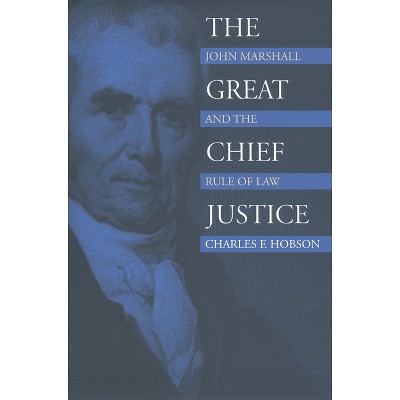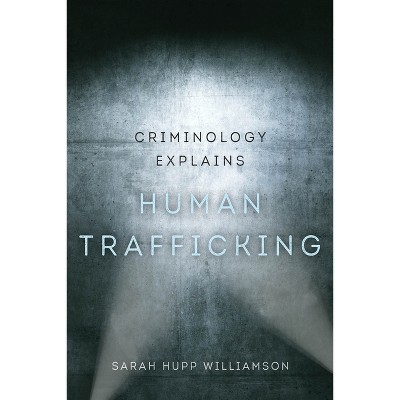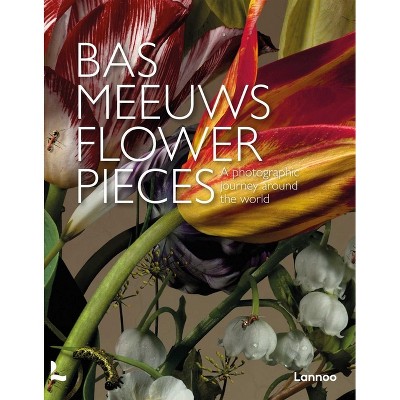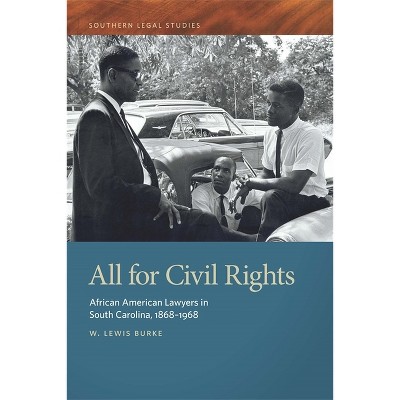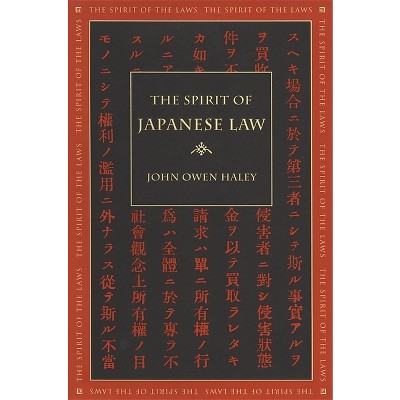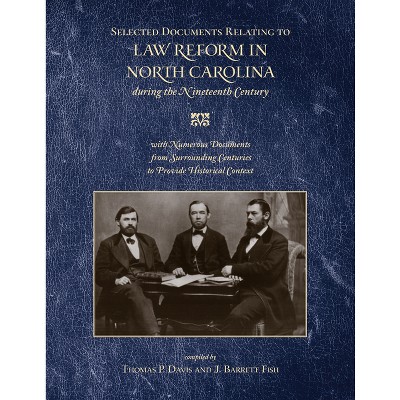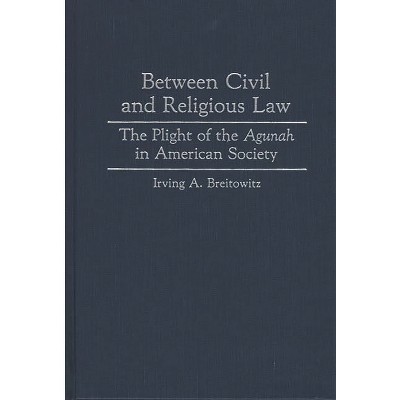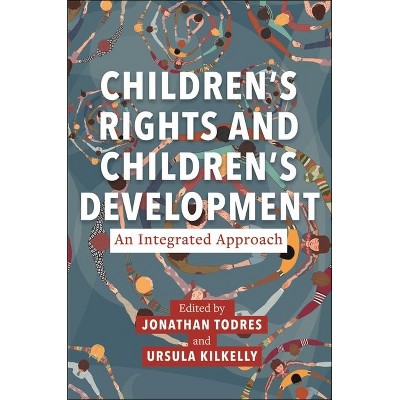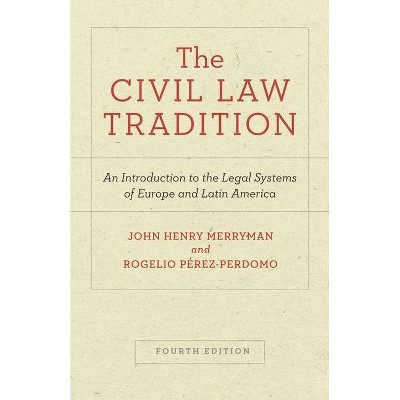Sponsored

Roman and Civil Law and the Development of Anglo-American Jurisprudence in the Nineteenth Century - by M H Hoeflich (Hardcover)
$50.95
In Stock
Eligible for registries and wish lists
Sponsored
About this item
Highlights
- Seeking to fill a gap in our knowledge of the legal history of the nineteenth century, this volume studies the influence of Roman and civil law upon the development of common law jurisdictions in the United States and in Great Britain.
- About the Author: M. H. HOEFLICH is the dean of the law school at the University of Kansas.
- 224 Pages
- Freedom + Security / Law Enforcement, Administrative Law & Regulatory Practice
Description
About the Book
Seeking to fill a gap in our knowledge of the legal history of the nineteenth century, this volume studies the influence of Roman and civil law upon the development of common law jurisdictions in the United States and in Great Britain.Book Synopsis
Seeking to fill a gap in our knowledge of the legal history of the nineteenth century, this volume studies the influence of Roman and civil law upon the development of common law jurisdictions in the United States and in Great Britain. M. H. Hoeflich examines the writings of a variety of prominent Anglo-American legal theorists to show how Roman and civil law helped common law thinkers develop their own theories.
Intellectual leaders in law in the United States and Great Britain used Roman and civil law in different ways at different times. The views of these lawyers were greatly respected even by nonlawyers, and most of them wrote to influence a wider public. By filling in the gaps in the history of jurisprudence, this volume also provides greater understanding of the development of Anglo-American culture and society.Review Quotes
Hoeflich's style is crisp, a model of clarity, and his argument is always easy to follow.
--Alan WatsonAbout the Author
M. H. HOEFLICH is the dean of the law school at the University of Kansas. He is the author of The Gladsome Light of Jurisprudence: Learning the Law in England and the United States in the Eighteenth and Nineteenth Centuries.Dimensions (Overall): 9.32 Inches (H) x 6.32 Inches (W) x .84 Inches (D)
Weight: 1.2 Pounds
Suggested Age: 22 Years and Up
Number of Pages: 224
Genre: Freedom + Security / Law Enforcement
Sub-Genre: Administrative Law & Regulatory Practice
Publisher: University of Georgia Press
Format: Hardcover
Author: M H Hoeflich
Language: English
Street Date: May 1, 1997
TCIN: 1004109635
UPC: 9780820318394
Item Number (DPCI): 247-21-1415
Origin: Made in the USA or Imported
If the item details aren’t accurate or complete, we want to know about it.
Shipping details
Estimated ship dimensions: 0.84 inches length x 6.32 inches width x 9.32 inches height
Estimated ship weight: 1.2 pounds
We regret that this item cannot be shipped to PO Boxes.
This item cannot be shipped to the following locations: American Samoa (see also separate entry under AS), Guam (see also separate entry under GU), Northern Mariana Islands, Puerto Rico (see also separate entry under PR), United States Minor Outlying Islands, Virgin Islands, U.S., APO/FPO
Return details
This item can be returned to any Target store or Target.com.
This item must be returned within 90 days of the date it was purchased in store, shipped, delivered by a Shipt shopper, or made ready for pickup.
See the return policy for complete information.
Trending Non-Fiction

$19.31
was $20.98 New lower price
4 out of 5 stars with 65 ratings

$18.28
was $19.58 New lower price
4.7 out of 5 stars with 17 ratings

$4.59
MSRP $7.99
Buy 2, get 1 free select books
4.8 out of 5 stars with 123 ratings

$6.20
MSRP $10.95
Buy 2, get 1 free select books
4.8 out of 5 stars with 33 ratings

$7.09
MSRP $9.99
Buy 2, get 1 free select books
4.9 out of 5 stars with 46 ratings


